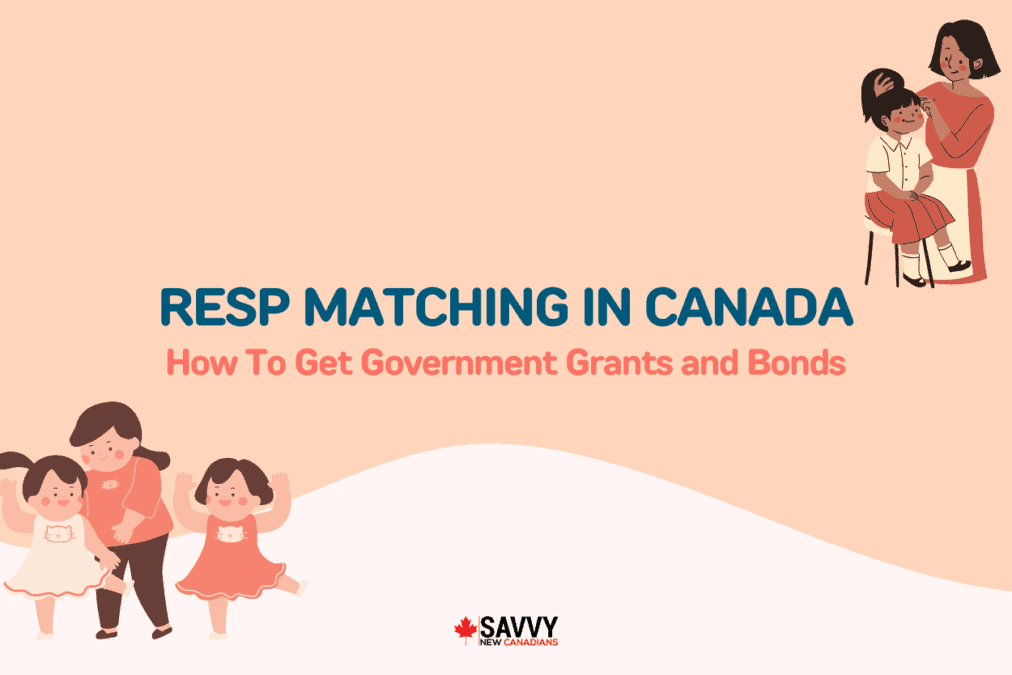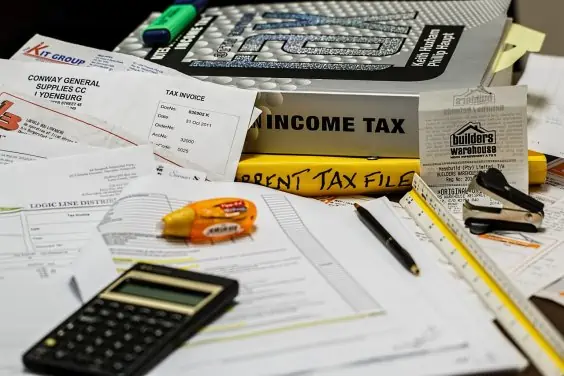Contributing to your child’s Registered Education Savings Plan (RESP) can help set them up for life.
To make this task easier, the government of Canada matches your RESP contributions each year up to a maximum through the Canada Education Savings Grant (CESG) and Canada Learning Bond (CLB).
There are also provincial education savings programs and grants that help grow your child’s RESP account, including those offered by Quebec and British Columbia.
Read on to learn about the various RESP government matching grants and how they work.
How RESP Matching Works
If you have a child, you can contribute to an RESP account on their behalf, and they can use the funds to pay for the costs of post-secondary education in the future.
For each eligible contribution you make, the government provides a 20% matching grant known as the Canada Education Savings Grant.
CESG Matching Grant
This is how the CESG matching grants work:
Assuming you contribute $1,000 to an eligible RESP in 2023, the Canadian government, via Employment and Social Development Canada (ESDC), will match your contributions with a $200 grant (i.e. 20% of your RESP contribution).
This is equivalent to an extra 20 cents for every dollar of contribution.
The maximum CESG grant per year is $500 on a maximum contribution amount of $2,500.
If you did not contribute the maximum amount of $2,500 in previous years, you can carry forward this contribution room and get up to a maximum of $1,000 CESG grants in any one year. This is equivalent to contributing $5,000 out-of-pocket in a single year.
Overall, you can receive up to $7,200 in total CESG money per child per lifetime.
Note that you can contribute more than $2,500 per year to an RESP. If you do so (and do not have unused contribution or grant room from a previous year), your CESG is limited to a maximum of $500.
There is also an “additional CESG” for eligible families who meet the income threshold.
What the a-CESG does is accelerate how quickly you get the RESP grant.
For example, if your adjusted income is $53,359 or less (in 2023), you get a 20% grant on the first $500 you contribute and 20% on the first $2,500 for a total of $600 in grant money per year.
This accelerated grant matching does not change the lifetime grant amount of $7,200 per child.
| Adjusted income 2023 | ≤$53,359 | $53,359 – $106,717 | >$106,717 |
| a-CESG on first $500 RESP contribution | 20% = $100 | 10% = $50 | N/A |
| Standard CESG on first $2,500 RESP contribution | 20% = $500 | 20% = $500 | 20% = $500 |
| Maximum annual CESG | $600 | $550 | $500 |
| Total lifetime CESG | $7,200 | $7,200 | $7,200 |
Canada Learning Bond
Eligible families qualify for another RESP grant known as the Canada Learning Bond (CLB).
The CLB provides an initial $500 grant in the first year and an additional $100 each year until age 15, for a total of $2,000 in grant money.
Unlike the CESG, you do not need to make an RESP contribution to receive the CLB.
Eligibility for the CLB is based on meeting specific income thresholds.

Provincial RESP Matching and Grants
Some provincial governments also match your RESP contributions:
- Quebec Education Savings Incentive (QESI)
- BC Training and Education Savings Grant Program (BCTESG)
Quebec Education Savings Incentive
The Quebec Education Savings Incentive (QESI) provides a refundable tax credit that is paid into your child’s RESP account.
This grant matches 10% of your RESP contributions each year up to a maximum of $250.
The lifetime QESI grant is a maximum of $3,600 per child.
Low- and moderate-income families who meet the income threshold may qualify for up to an extra $50 per year.
BC Training and Education Saving Grant
The BCTESG provides a $1,200 grant per child that is deposited in their RESP.
This is a one-time benefit when the child is between 6 and 9 years old.
This is the Maximum Contribution for RESPs
The lifetime maximum RESP contribution per beneficiary is $50,000. You can make contributions for up to 31 years, and an RESP account can remain open for up to 35 years.
What is the maximum government matching grant?
If you qualify for the CESG and CLB, each child can receive up to $9,200 ($7,200 + $2,000).
If you are a resident of Quebec, you could get $3,600 matching in QESI grants for a total of $12,800 per child.
If you are a resident of British Columbia, you could get an extra $1,200 grant for a total of $10,400.
If you contribute more than the maximum allowed to an RESP, a 1% monthly penalty tax is charged on the excess contribution until is withdrawn.
RESP Investments
You can use an RESP to hold various investments, including stocks, bonds, GICs, mutual funds, ETFs, etc.
Learn about some of the best RESP investments and RESP providers in Canada.
Open a Wealthsimple RESP investment account and get a $25 bonus after depositing $500.
RESP Matching in Canada FAQs
It can take 1-2 months for matching CESG grants to be deposited after you have made an RESP contribution.
You can manually track how much you are contributing to the RESP or contact the Canada Education Savings Program by phone at 1-888-276-3624 to find out.
No, a tax receipt is not issued for RESP contributions because RESP contributions are not tax-deductible.
Yes, you can contribute more than $2,500 per year; however, only the first $2,500 is eligible for the maximum annual $500 in grant money.
You can get the full CESG of $7,200 by contributing a maximum of $2,500 per year for at least 14 years and $1,000 in the fifteenth year.
No, Ontario does not have a provincial RESP matching program. Ontario residents may qualify for the CESG, additional CESG, and CLB grants.
Related:



